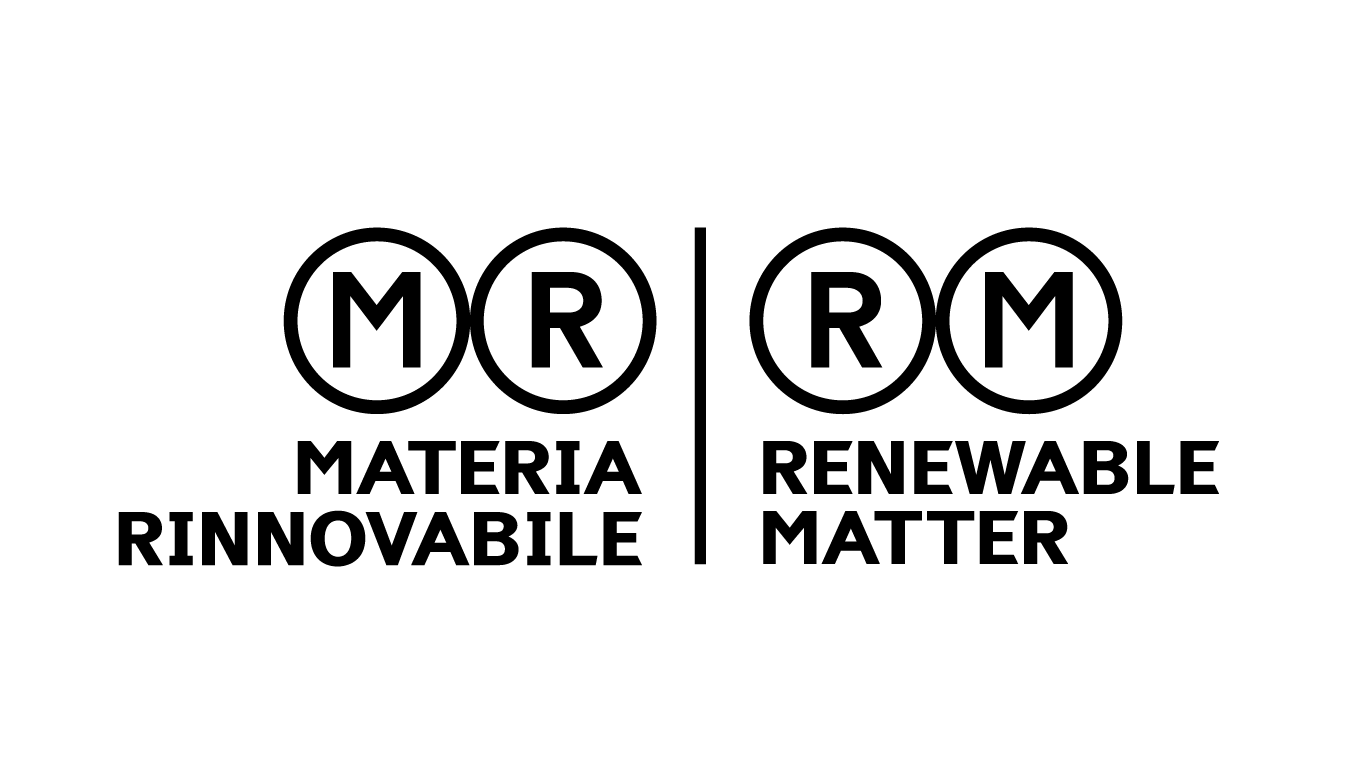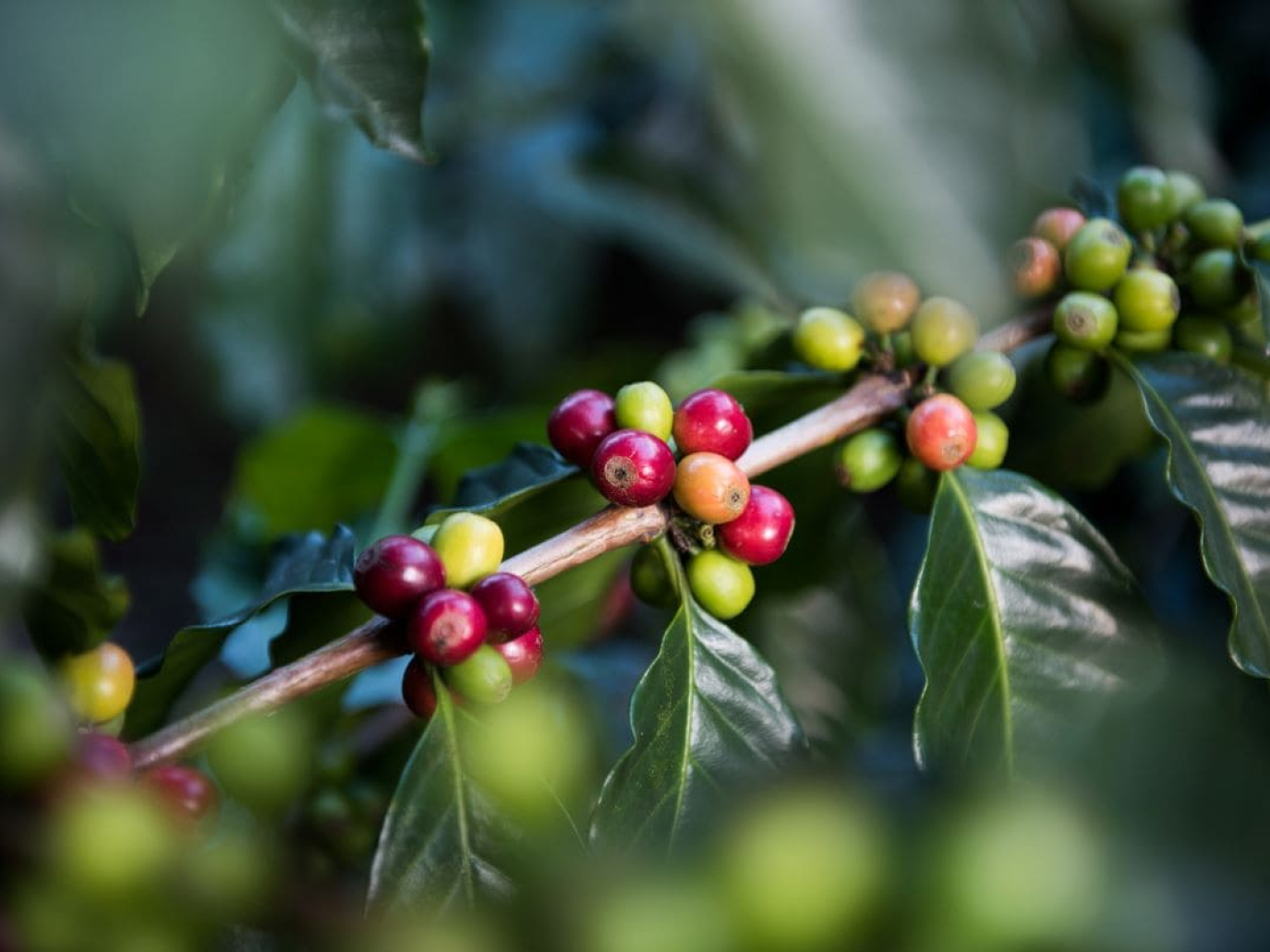This article is also available in Italian / Questo articolo è disponibile anche in italiano
Brazil, Vietnam, Colombia, Indonesia, Ethiopia, India, and many others. To speak of coffee is, inevitably, to speak of countries in the Global South, which are the cradle of the over 3 billion cups of coffee consumed worldwide every day. Global production, 75% of which is in the hands of small local growers, exceeds 10 million tonnes per year. It comes from over 12 million farms, with coffee being grown across a total area of 10.6 million hectares.
While coffee-growing areas can be hundreds of kilometres away from each other, many countries, including Kenya, according to an in-depth survey by the Center for Circular Economy in Coffee (C4CEC), are faced with similar challenges: lower yields, which cause problems for small growers, soil acidification, which increases dependence on expensive chemical fertilisers, and increased costs, which eat into profits and discourage young growers from entering the sector. There are also directly proportional opportunities, such as promoting and integrating agroforestry and resilience practices, as well as diversifying products.
In a context made unstable by climate change, transforming the coffee supply chain into a circular model is not only a solution for reducing environmental impacts but also a chance to develop new products and revenue streams. Especially considering that the sector produces 40 million tonnes of waste per year.
Only between 1 and 5% of the coffee cherry makes it to our cups, while the remaining 95-99%— made up of pulp, skins, parchment, and spent grounds, byproducts of coffee processing—has immense potential for added-value applications in sectors like cosmetics, food production, biochar, and renewable energy. This is a great opportunity, especially for Africa, which generates 72% of the coffee waste in producing regions.
Beyond coffee: from farming practices to enhancing byproduct
"We must rethink the idea that value only comes from coffee beans," explains Vanusia Nogueira, Executive Director of the International Coffee Organisation (ICO). "Transforming waste into new products and energy sources unlocks major revenue and employment opportunities while reducing costs." A recent ICO report, drafted in collaboration with the C4CEC, Fondazione Lavazza, Politecnico di Torino, and the International Trade Centre, titled Beyond Coffee: Towards a Circular Coffee Economy, focuses on this untapped potential, discussing case studies, concrete data, and recommendations to future-proof the sector, also by integrating circular economy principles and regenerative agricultural practices.
The work carried out in late 2023 by the C4CEC also centred around similar issues. Thanks to a collaboration with experts from the sector, the world of academia, and strategic partners, it compiled best practices in the coffee supply chain that can be accessed through the Center's channels.
As a pre-competitive platform, the Center aims to support the whole coffee community, aiming to reduce environmental impacts and increase growers' income, finding value in what today is considered waste. It is open to producers, local growers, and roasters, as well as associations, institutions, and research institutes interested in supporting circular and sustainable pilot projects to create an accessible global knowledge network.
Cascara, fungi, biochar
In this context, in line with the Kenyan government's Coffee Development and Marketing Strategy 2024-2029, the Dedan Kimathi University of Technology (DeKUT) is researching four by-product enhancement areas: food, biofuels, biofertilisers, and materials. The most promising applications include using cascara to make flour, tea, syrup and drinks, substrates for mushroom production, and the creation of construction and packaging materials.
Up-and-coming businesses include Egyptian startup Cupmena, which uses coffee grounds to grow fungi, and Colombian company Selvitas, which is working to implement sustainable farming practices in the coffee sector.
One of the byproducts with an already established market involves the transformation of coffee skins into pellets: it is estimated that 70% of Kenya's coffee skins are already being used for the production of briquettes. Cutting-edge projects use coffee waste to produce biochar and create new absorbent biobased materials for water treatment, since coffee skins can remove pollutants such as heavy metals and dyes from wastewater.
Creating a market for coffee by-products
While building a resilient and sustainable coffee industry must involve holistic strategies based on agroecology and regenerative agriculture (as proven by projects like Mountain Harvest in Uganda and Sabae Coffee in Ethiopia), another key step is the development of a market for coffee by-products.
Katherine Oglietti, Coffee Guide Network Coordinator at the International Trade Centre and a representative of the C4CEC, explains why. "The goal is to collaborate with startups and farmers in coffee-producing countries, with a focus on economic and environmental impacts, encouraging farms to reuse by-products through financial incentives, supporting connectedness with the markets and facilitating the delivery of these by-products to other production chains and integrating them into alternative sectors like the cosmetics industry."
However, the success of these strategies cannot be achieved without partnerships with regional, national, and international institutions. These solutions—easily replicable in different contexts—as well as the markets to which they are linked, not only contribute to mitigating climate change but also make it possible to close the circle in the world of coffee and create new sources of revenue for local communities.
This content is produced thanks to the support of sponsors
Cover: image by Lavazza



